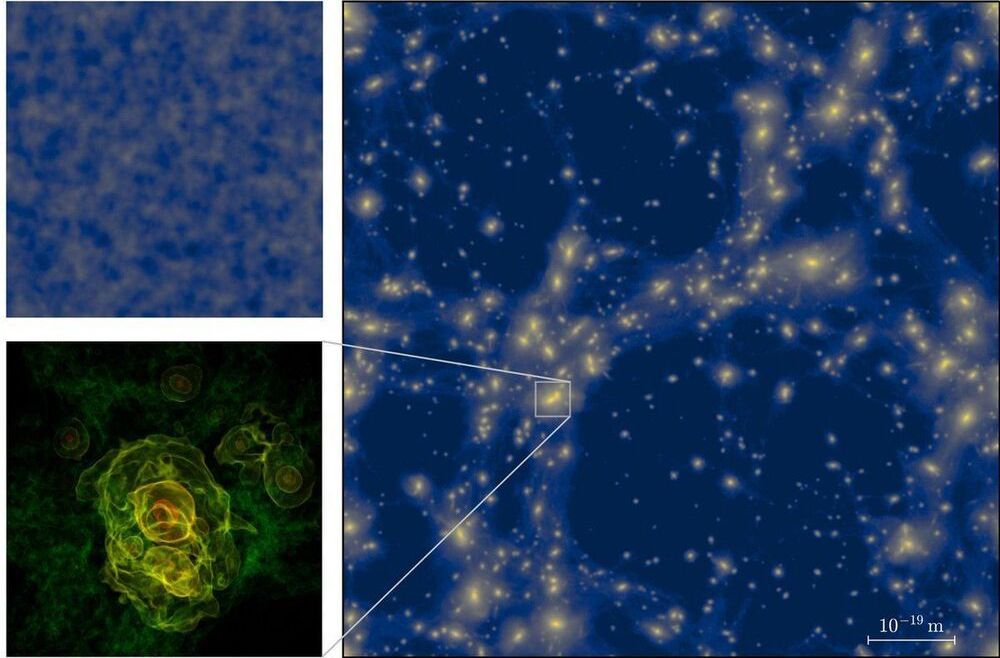The Big Bang remains the best way to explain what happened at the beginning of the Universe. However, the incredible energies flowing during the early part of the bang are almost incomprehensive to our everyday experience. Luckily, computers aren’t so attached to normal human ways of thinking and have long been used to model the early universe right after the Bang. Now, a team from the University of Göttingen have created the most comprehensive model of what exactly happened in that very early stage of the universe – one trillionth of a second after the Big Bang.
Just because a computer can model it doesn’t really mean it is easy to explain, however. The model includes clumps of energy weighing grams, but which are one millionth the size of a single proton. These energy structures defined what would eventually become the structure of the universe today, with tiny variations in the original structure resulting in entire galaxies or complete voids, depending on the presence or absence of matter.
Throwing this much computing power at a physical space one millionth the size of a proton was no mean feat. “It is probably the largest simulation of the smallest area of the Universe that has been carried out thus far” says Professor Jens Niemeyer, who leads the group carrying out the research.
